Available in other languages:
Content available at:
Español (Spanish)
The vaccination programs in breeders, which are the generators of the day-old chicks that will inhabit the farms that produce broilers, contribute not only to keep the birds free of diseases but also to offer more immunity to the progeny. In other words, even before the chick hatches, poultry production is concerned with animal health and, consequently, the quality of the food. But choosing the correct vaccination program depends on several factors. It can even change depending on the location of the farm.
The doctor of veterinary medicine (DVM) and manager of Technical Services of Cobb-Vantress for Ecuador, Yénifer Torres, guides so that a comprehensive diagnosis is made before creating a vaccination program. That, according to her, is divided into four factors: those inherent to the birds, those inherent to the sanitary status of the property, and environmental conditions, in addition to those related to management and those related to nutritional factors.
Those inherent to birds are “age, sex, zootechnical purpose, production status, and genetic and hereditary disorders,“ she highlighted in a webinar promoted by Cobb, one of the world leaders in poultry genetics. Regarding health status and environmental conditions, she stressed that it is necessary to pay attention to infectious agents, signs of injuries, location of the farm, response to therapy, and epidemiological condition in the farm’s region. On nutritional factors, she highlighted the importance of paying attention to toxins and anti-metabolics and deficiencies in the nutritional balance. In addition to that, before introducing a vaccination program, it is necessary to look for management. In this way, the producer must be aware “about biosecurity programs, feeding program, prevention and treatment therapies, as well as ventilation, humidity, and temperature”, defended Torres.
The specialist explains that in the first application, the bird develops the
Subscribe now to the poultry technical magazine
AUTHORS
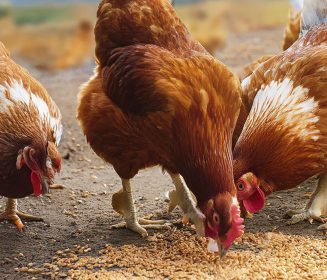
Layer Longevity Starts at Rearing
H&N Technical Team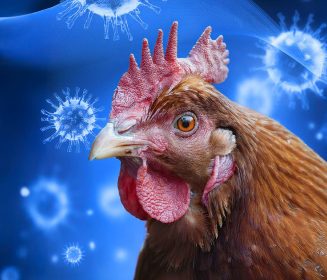
The Strategy for a Proper Infectious Bronchitis Control
Ceva Technical Team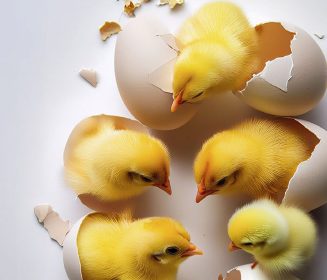
Elevate Hatchery Performance with Petersime’s New Data-Driven Incubation Support Service
Petersime Technical Team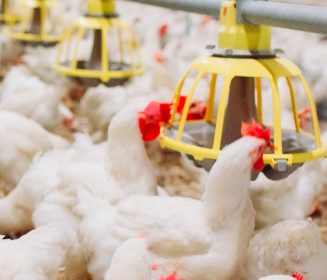
Maize and Soybean Meal Demand and Supply Situation in Indian Poultry Industry
Ricky Thaper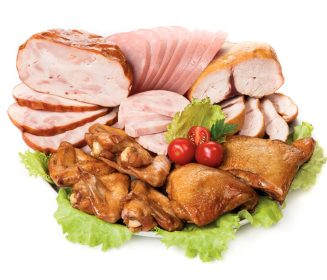
Production of Formed Injected Smoked Chicken Ham
Leonardo Ortiz Escoto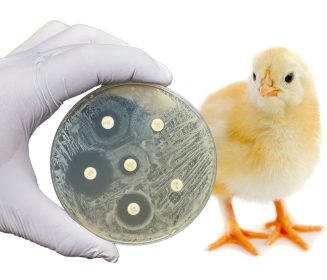
Antimicrobial Resistance in the Poultry Food Chain and Novel Strategies of Bacterial Control
Edgar O. Oviedo-Rondón
GREG TYLER INTERVIEW
Greg Tyler
Insights from the Inaugural US-RSPE Framework Report
Elena Myhre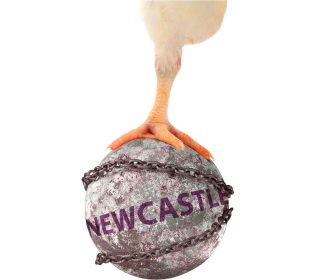
Newcastle Disease: Knowing the Virus Better to Make the Best Control Decisions. Part II
Eliana Icochea D’Arrigo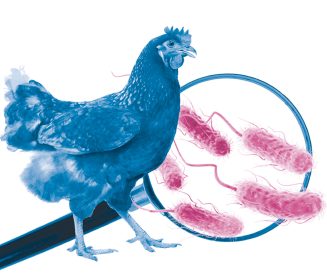
Avian Pathogenic E. coli (APEC): Serotypes and Virulence
Cecilia Rosario Cortés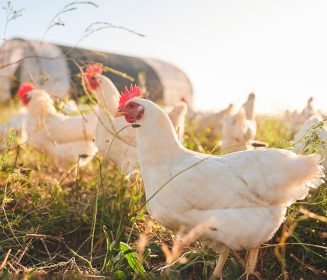
The Importance of Staff Training on Animal Welfare Issues in Poultry Industry
M. Verónica Jiménez Grez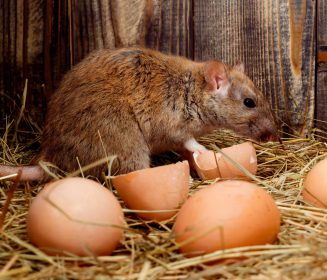
Rodent Control is a Key Factor in Poultry Biosecurity and Sustainability
Edgar O. Oviedo-Rondón